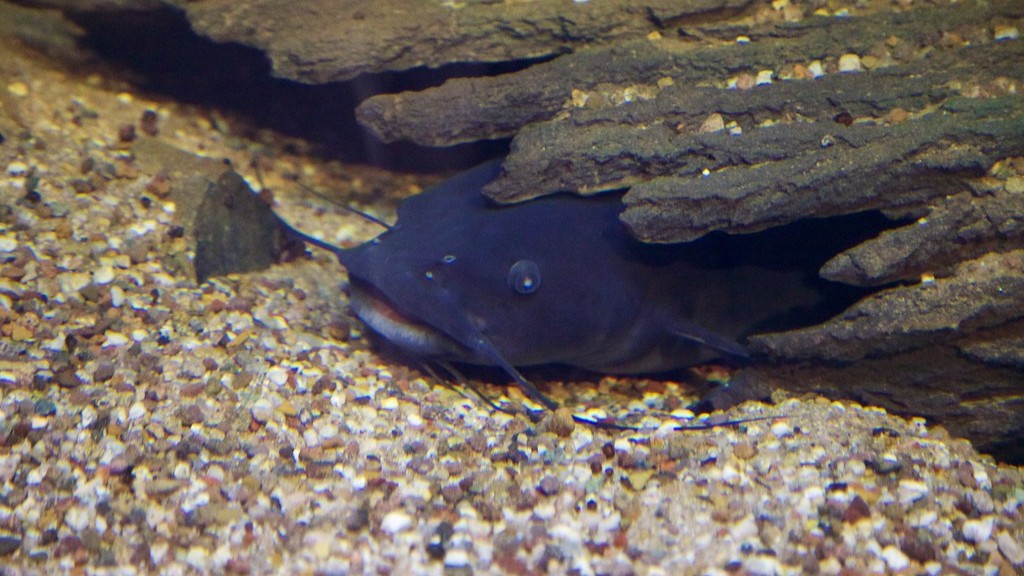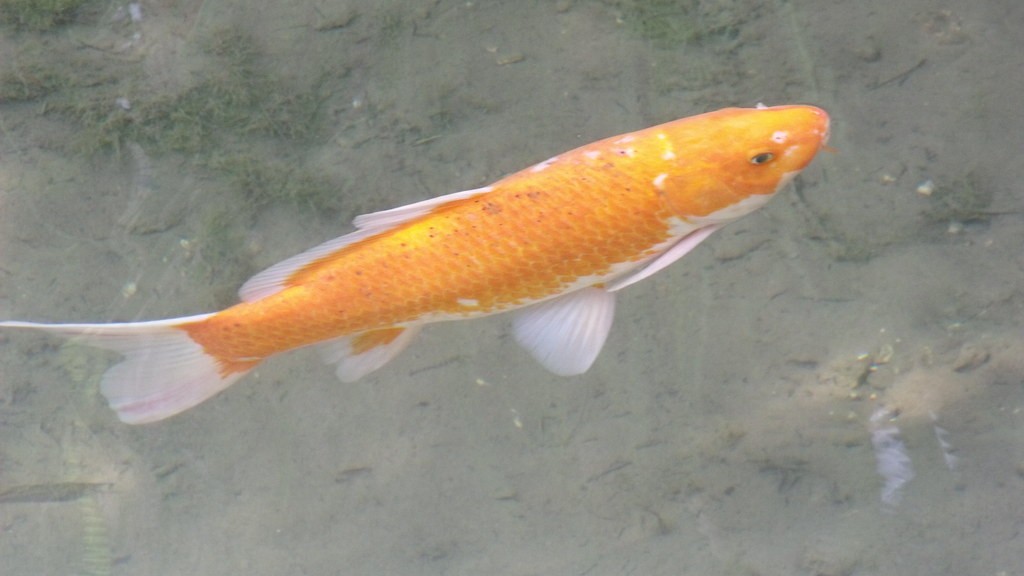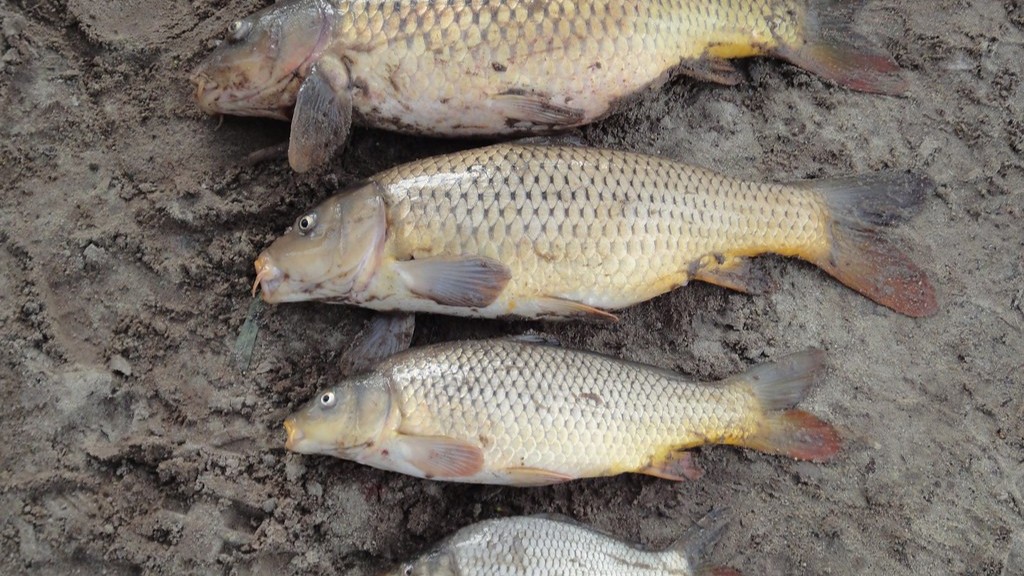Does Chumming for Catfish Work?
Introduction
Chumming is a popular fishing technique that involves dispersing food particles or bait into the water to attract fish. Catfish, known for their scavenging nature, are often targeted using this method. However, the effectiveness of chumming for catfish remains a topic of discussion among anglers and fishing enthusiasts. In this article, we will explore the various aspects of chumming and evaluate whether it truly works in attracting catfish.
The Concept of Chumming
Chumming is based on the principle of stimulating the feeding response of fish. By releasing food particles or bait into the water, anglers aim to create a scent trail that will lure catfish towards their fishing location. The idea is to mimic natural feeding scenarios and exploit the catfish’s keen sense of smell.
Anecdotal Evidence
Many anglers swear by the effectiveness of chumming for catfish. They believe that chumming not only attracts catfish but also increases their feeding activity, resulting in more bites and successful catches. Numerous fishing stories and personal experiences support the notion that catfish are more likely to gather and bite in areas where chumming has been utilized.
Scientific Research and Observations
Scientific research and observations have also been conducted to investigate the impact of chumming on catfish behavior. Studies have shown that chum can indeed influence the movement and feeding patterns of catfish. Researchers have observed increased catfish activity in chummed areas, with fish displaying more aggressive feeding behaviors compared to non-chummed areas.
Moreover, experiments involving underwater cameras have revealed the presence of catfish schools and increased fish activity near chumming sites. This visual evidence further supports the idea that chumming can be an effective strategy for attracting and concentrating catfish populations in specific areas.
Factors Influencing Chumming Effectiveness
Although chumming has shown promising results in attracting catfish, its effectiveness can vary depending on several factors:
- Water Temperature: Catfish are cold-blooded creatures that are particularly active in warmer water temperatures. Chumming during the catfish’s active seasons, such as spring and summer, may yield better results.
- Chumming Ingredients: The type of bait used in chumming can impact the success rate. Catfish have preferences for particular scents and flavors, so using bait that caters to their taste can increase the effectiveness of chumming.
- Chumming Technique: The way in which chum is dispersed can also influence its effectiveness. Properly spreading the chum across a wide area or creating a concentrated chum spot can make a difference in attracting catfish.
- Location: Choosing the right fishing spot is crucial for successful chumming. Understanding the catfish’s habitat and identifying areas with cover and food sources can greatly enhance the chances of success.
Conclusion
In conclusion, chumming can be an effective technique for attracting and concentrating catfish populations. Both anecdotal evidence and scientific research suggest that chumming increases catfish activity and improves the chances of successful catches. However, the effectiveness of chumming can be influenced by various factors such as water temperature, chumming ingredients, technique, and location. To maximize the benefits of chumming, anglers should consider these factors and tailor their approach accordingly. So, if you are planning to target catfish, chumming could be a valuable strategy to increase your chances of a rewarding fishing experience.


